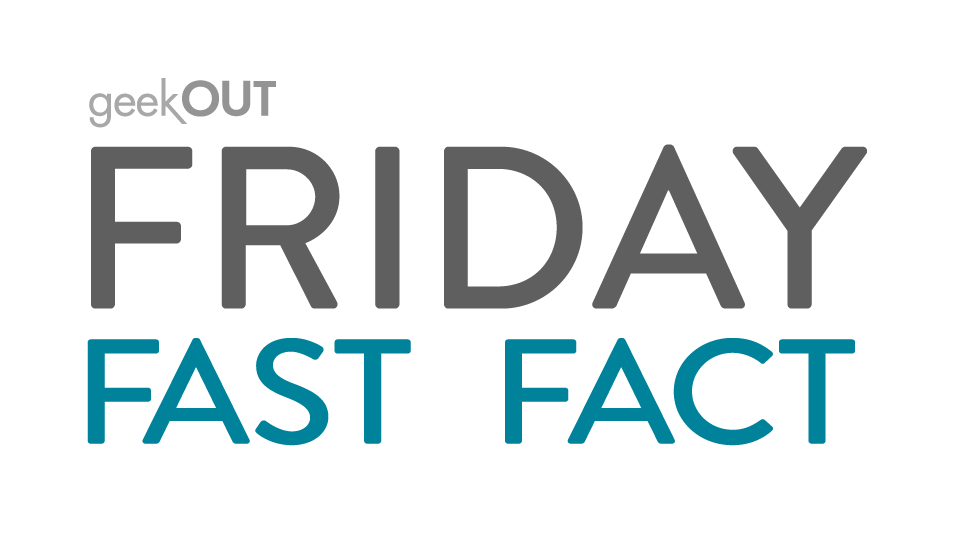Friday Fast Fact | On this Date in History: August 21st

This Sunday is August 21st – let’s take a look at this day in 1888, and how it shaped modern computing.
William Seward Burroughs spent the first several years of his professional career as a bank clerk, pouring over ledgers for hours on end in search of errors. At that time, in the late 1870s, most arithmetic was done by hand, and needed to be checked painstakingly. There were early prototypes of “adding machines” at this time, but they were not standardized. In untrained hands, they could lead to massive bookkeeping errors and additional work.

Growing tired of clerical work that he didn’t enjoy, and longing for a way to work with mechanics and machining, Burroughs resigned from his position at the bank and began working at a machine shop in St. Louis. Here, he had the tools and resources needed to develop inventions of his own. This set in motion the invention of his own adding machine – one that was accurate and reliable, unlike the ones he had dealt with during his time at the bank.
The patents for the Burroughs adding machine were issued to him on August 21st, 1888, just a handful of years after he began working. These devices were the first standardized adding machines, and the first to be patented in the US.
By the 1970s, adding machines began to fall out of popularity in favor of calculators, a direct descendent of the adding machine itself. Micro-processers ultimately allowed for smaller technologies, such as pocket-sized calculators. These very processors would be key in the development of personal computers, carrying the lineage of the adding machine even one step further.
Today, as with smartphone GPS apps, it’s easy to overlook the significance of having a calculator in your pocket. Not only did the Burroughs adding machine allow for simple, reliable math calculations for clerks and businesses – its creation catapulted forward mathematics and computing as we know them today.
In a globally-connected world, nearly every technology is powered by advanced computing and data processing. Laptops, cellphones, GPS satellites, power grids – virtually all aspects of modern life rely heavily on reliable mathematic calculations. On top of mobile data technology, Geopath’s measurement itself takes into account many calculations and layers of mathematics – and that certainly wouldn’t be possible to do by hand!
